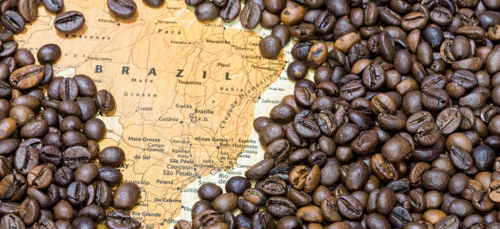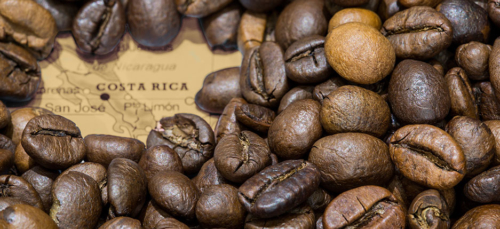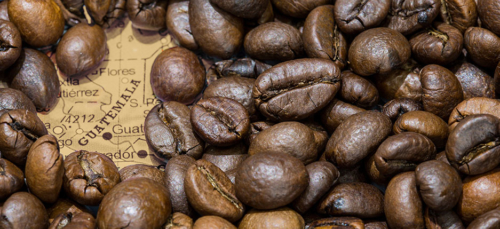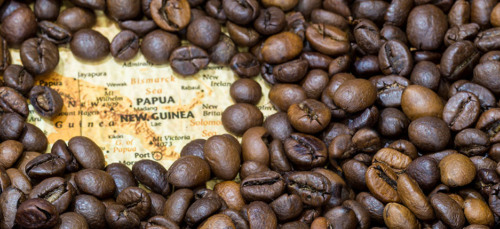-
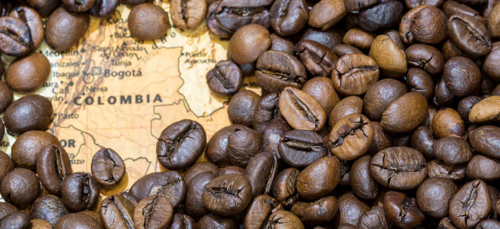 Colombia is another very famous coffee producing country. Since the 1950s, the iconic Juan Valdez and mule have been recognized as a symbol for Colombian Coffee. With a great deal of variety in flavor across regions in this country, it is hard to list one profile of notes for this country. Coffees have been known to be very smooth with a chocolate finish to more bright and fruity.
Colombia is another very famous coffee producing country. Since the 1950s, the iconic Juan Valdez and mule have been recognized as a symbol for Colombian Coffee. With a great deal of variety in flavor across regions in this country, it is hard to list one profile of notes for this country. Coffees have been known to be very smooth with a chocolate finish to more bright and fruity. -
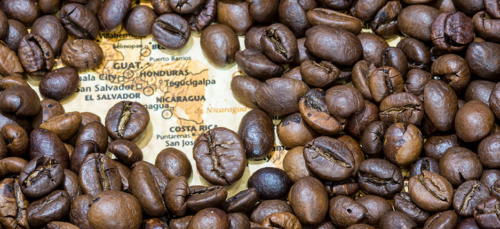 These are dependable coffees yet mostly undistinguished, and they tend to be softer and exhibit less acidity than the typical Central American coffees. This does vary, with some coffees exhibiting a bright acidity. However, the generally gentle acidity as well as the coffee’s balance and honey-like sweetness have made El Salvador coffees a great choice for use in coffee blends, making it smoother.
These are dependable coffees yet mostly undistinguished, and they tend to be softer and exhibit less acidity than the typical Central American coffees. This does vary, with some coffees exhibiting a bright acidity. However, the generally gentle acidity as well as the coffee’s balance and honey-like sweetness have made El Salvador coffees a great choice for use in coffee blends, making it smoother. -
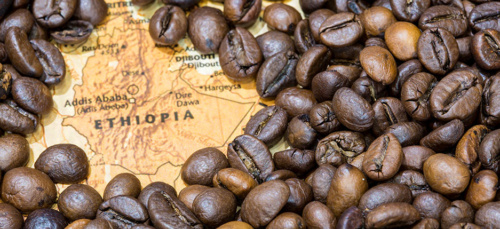 Ethiopia is the oldest known producer of coffee and is the origin of Coffea Arabica itself. Coffee from Ethiopia is famous for the complex, bright, and fruity flavors it embodies. The regions that produce coffee are highly regarded for their quality and are often marketed specifically. The main coffee producing regions are: Harrar, Sidamo, and Yirgacheffe.
Ethiopia is the oldest known producer of coffee and is the origin of Coffea Arabica itself. Coffee from Ethiopia is famous for the complex, bright, and fruity flavors it embodies. The regions that produce coffee are highly regarded for their quality and are often marketed specifically. The main coffee producing regions are: Harrar, Sidamo, and Yirgacheffe. -
 Honduran coffees run the range of soft and nutty to bright and vibrant, making them difficult to identify in blends. More often than not, brands will feature them as their own single origin coffee. The best Honduran coffee will be the Strictly High Grown grade – these altitudes allow the coffee to grow slower, increasing the mineral and nutrient uptakes and developing a fuller, more robust flavor of coffee.
Honduran coffees run the range of soft and nutty to bright and vibrant, making them difficult to identify in blends. More often than not, brands will feature them as their own single origin coffee. The best Honduran coffee will be the Strictly High Grown grade – these altitudes allow the coffee to grow slower, increasing the mineral and nutrient uptakes and developing a fuller, more robust flavor of coffee. -
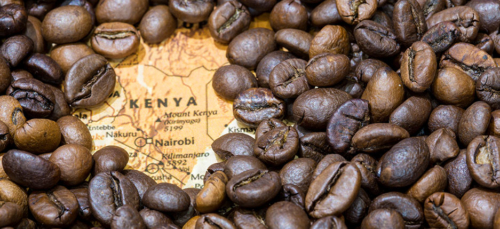 Kenya is a very established coffee producing country and even has a dedicated rating system for the size of beans produced in the many growing regions there. Most popular is the AA type of bean, which is the second largest and often associated with the highest quality of flavor. The taste profile is acidic and sweet, with notes of berry.
Kenya is a very established coffee producing country and even has a dedicated rating system for the size of beans produced in the many growing regions there. Most popular is the AA type of bean, which is the second largest and often associated with the highest quality of flavor. The taste profile is acidic and sweet, with notes of berry. -
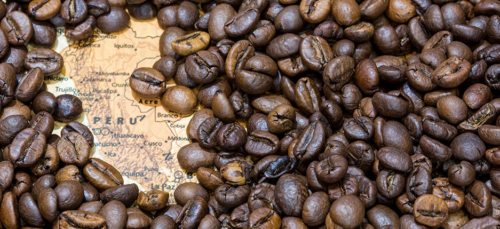 Generally a mildly acid coffee, light-bodied but flavorful and aromatic, Peru is considered a good blender owing to its pleasant but understated character. Peru also is widely used in dark roast blends and as a base for flavored coffees. But the best Peru coffees are subtly exceptional: light and levitating with a vanilla-nut-toned sweetness that deserves appreciation as a distinctive specialty origin.
Generally a mildly acid coffee, light-bodied but flavorful and aromatic, Peru is considered a good blender owing to its pleasant but understated character. Peru also is widely used in dark roast blends and as a base for flavored coffees. But the best Peru coffees are subtly exceptional: light and levitating with a vanilla-nut-toned sweetness that deserves appreciation as a distinctive specialty origin. -
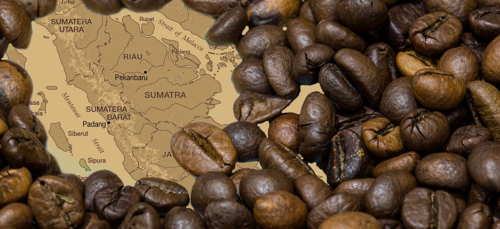 Sumatra coffee lends well to being dark roasted and is sometimes referred to as the ‘king of the dark roast’. The roasted coffee delivers a bold and complex experience with a vibrant deep taste that is earthy, herbaceous, dark chocolatey, and smoky-musky (pipe tobacco), yet finishes with a sweet and smooth aftertaste. Subtle notes of berry and vanilla bean can also be detected.
Sumatra coffee lends well to being dark roasted and is sometimes referred to as the ‘king of the dark roast’. The roasted coffee delivers a bold and complex experience with a vibrant deep taste that is earthy, herbaceous, dark chocolatey, and smoky-musky (pipe tobacco), yet finishes with a sweet and smooth aftertaste. Subtle notes of berry and vanilla bean can also be detected.

